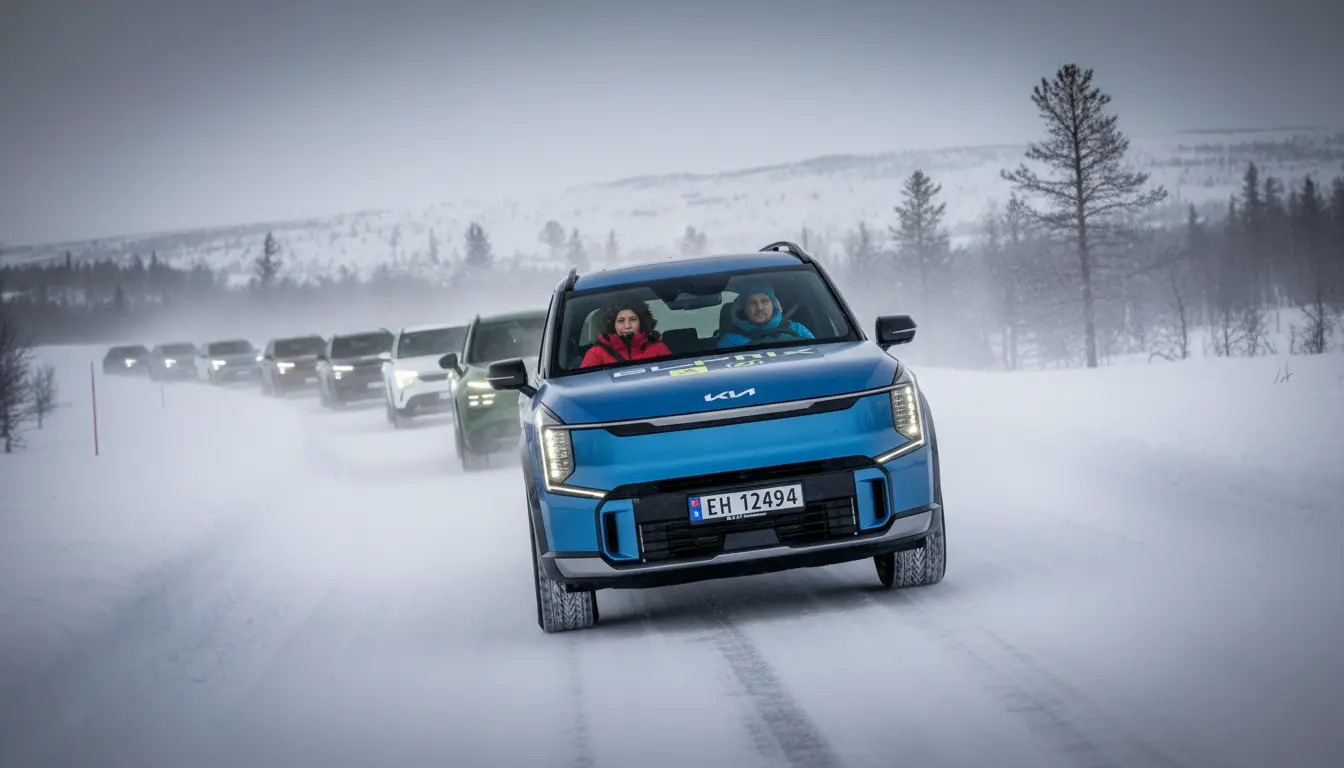Decades of Silent Growth
Imagine trying to coordinate nearly a hundred researchers scattered across South America, discreetly keeping tabs on 188 patches of forest for over 40 years. That’s exactly what this monumental study managed—starting in 1971 and finally wrapping up in 2015.
The scientists’ mission? To meticulously measure the « basal area » of the trees—in plain English, the amount of space their trunks take up at ground level. This approach offered a remarkably precise view of forest biomass and how it evolved over time. Some plots were tracked continuously for 30 years, providing an unprecedented snapshot of the Amazon’s shifting forest health.
And the numbers speak for themselves: on average, the circumference of Amazonian trees has increased by 3.3% every decade since the 1970s. Such steady and sweeping growth is nothing short of unprecedented in the modern history of forests.
An Unexpected Ecological Revolution
The most startling aspect of this discovery is just how universal it is. Contrary to early predictions, this growth spurt isn’t limited to just one category of trees—it’s happening across the entire ecosystem. From scrappy young saplings fighting for sunlight to veteran giants ruling the canopy, every tree is contributing to this collective expansion.
Usually, in a changing environment, classic ecology tells us that only the biggest trees, those with the best access to resources, would have the upper hand. But the Amazon seems to be rewriting the rulebook.
So, what’s behind this mystery? The answer is in the air—literally. The constant rise in atmospheric carbon dioxide, usually cast as a major environmental villain, appears here as a kind of global plant fertilizer.
Amazonian trees are turning this CO2 surplus into nutrients, resulting in a large-scale atmospheric fertilization effect that’s turbocharging their growth. This “CO2 fertilization effect” is proving to be far more potent and long-lasting than climate models had foreseen.
This remarkable adaptation highlights the Amazon ecosystem’s extraordinary resourcefulness. Instead of being passive victims of climate change, the trees are—at least for now—using it to their advantage.
Three Scenarios: One Surprising Winner
Scientists originally predicted three possible outcomes for this CO2 fertilization:
- The “winners-take-all” scenario: Only the tallest trees would benefit from the new conditions, slowly overshadowing their smaller neighbors.
- The “carbon-limited benefit” scenario: The youngest, most resource-starved trees would show the most spectacular growth in response to the extra CO2.
- The “benefit-sharing” scenario: Optimistically, the entire forest would share the windfall equally, regardless of size.
It turns out reality has landed on the third—and most hopeful—option. All trees, big and small, are evenly reaping the benefits of this climate twist. This ecological harmony goes even beyond what the most optimistic researchers dared to expect.
The Amazon: One Mighty Carbon Sponge—For Now
This synchronized surge is transforming the Amazon into an even more efficient carbon-absorbing powerhouse. Every growing tree locks away more atmospheric CO2 into its biomass, creating a virtuous cycle for carbon capture.
Not a single monitored plot has shown decline so far, meaning the positive effects of CO2 enrichment are, at least for now, more than making up for negative climate stresses like drought or higher temperatures.
However, models suggest this positive trend won’t last forever. If droughts intensify, wildfires become more frequent, and heat stress gets worse, the growth advantage could reverse. We might then see higher rates of tree mortality and a significant slowdown in forest expansion.
This discovery underscores how urgent it is to keep Amazonian forests intact: right now, they’re showing an extraordinary knack for turning a climate crisis into an opportunity for growth. The future of this resilience depends entirely on our collective ability to protect this irreplaceable ecosystem.
Brice is a science journalist with a passion for space and paleontology. He’s been collaborating with Sciencepost for almost a decade, bringing readers the latest discoveries and the most fascinating topics in science.

John is a curious mind who loves to write about diverse topics. Passionate about sharing his thoughts and perspectives, he enjoys sparking conversations and encouraging discovery. For him, every subject is an invitation to discuss and learn.






